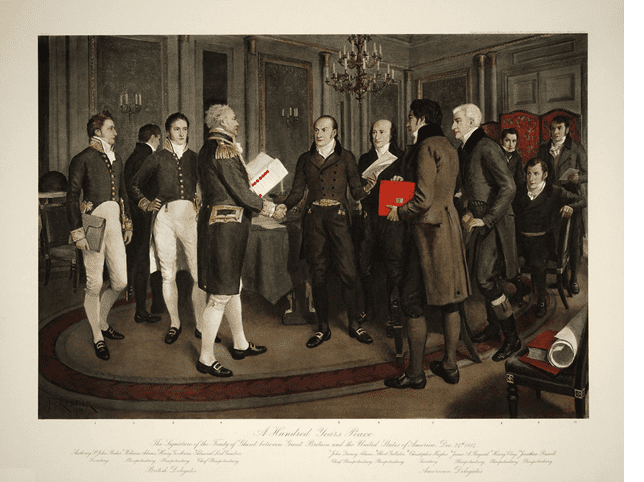The World Intellectual Property Organization (WIPO) has announced plans to negotiate a Design Law Treaty (DLT).
The goal of the treaty would be to harmonize different national legal systems for protecting industrial designs. Similar treaties already exist in the area of Patents (Patent Law Treaty of 2000) and Trademarks (Trademark Law Treaty of 1994 and Singapore Treaty on the Law of Trademarks of 2006).
As WIPO notes,
The traditional method for concluding or revising treaties has been the holding of a diplomatic conference of plenipotentiaries specifically convened for that purpose. Diplomatic conferences are held to negotiate and adopt or revise multilateral treaties.
Preliminary work leading to the proposed treaty started in the WIPO Standing Committee on the Law of Trademarks, Industrial Designs and Geographical Indications (SCT) in 2006 and has led to a set of draft articles and regulations. Treaty negotiations probably won’t be finished until at least the end of 2024, and then the treaty will need to be approved by the government of each country signing it.
The goal of the treaty, says WIPO, would be to “streamline the global system for protecting designs, which are an integral part of many brands, by eliminating red tape and accelerating protection procedures,” so that designers can “obtain easier, faster, and cheaper protection for their designs – both in home markets and abroad.”
In particular, “these changes would benefit the community of designers, with particular impact for smaller-scale designers with less access to legal support for registering their designs.”
One proposal to be discussed is requiring all jurisdictions to provide a grace period for prior disclosures of a registered design before the filing of the first design application. Most countries allow this, but China does not.
According to WIPO,
The design industry is responsible for about 18% of employment and 13% of GDP in Europe, where data is available. Given the design activity as expressed in domestic design applications filed, this points to an important potential in many developing economies. The benefits of a vibrant design sector go far wider than GDP. Design can support efforts in education and sustainability, and can support community building.
In the US, designs can be protected by design patents. As the US Patent and Trademark Office (USPTO) explains,
A design consists of the visual ornamental characteristics embodied in or applied to, an article of manufacture. Since a design is manifested in appearance, the subject matter of a design patent application may relate to the configuration or shape of an article, to the surface ornamentation applied to an article, or to the combination of configuration and surface ornamentation. A design for surface ornamentation is inseparable from the article to which it is applied and cannot exist alone. It must be a definite pattern of surface ornamentation, applied to an article of manufacture.
A design patent protects only the appearance of the article and not structural or utilitarian features. In contrast, a “utility patent” protects the way an article is used and works.
One famous design patent is Apple’s patent on a rectangle with rounded corners for the iPad and iPhone.
Other countries protect what they call industrial designs or registered designs. As WIPO explains,
In a legal sense, an industrial design constitutes the ornamental or aesthetic aspect of an article.
An industrial design may consist of three-dimensional features, such as the shape of an article, or two-dimensional features, such as patterns, lines, or color….
In most countries, an industrial design needs to be registered in order to be protected under industrial design law as a “registered design”. In some countries, industrial designs are protected under patent law as “design patents ”.
Just like the haiku above, we like to keep our posts short and sweet. Hopefully, you found this bite-sized information helpful. If you would like more information, please do not hesitate to contact us here.


